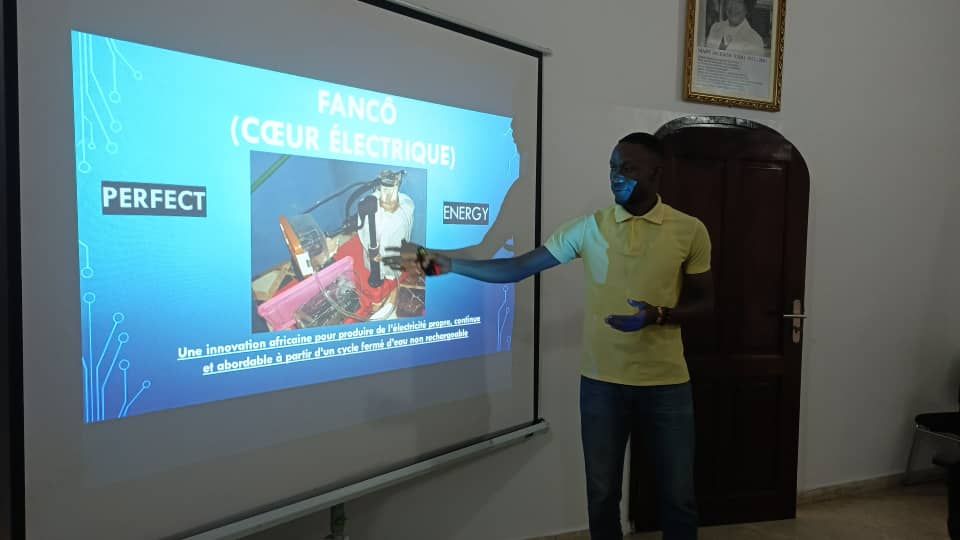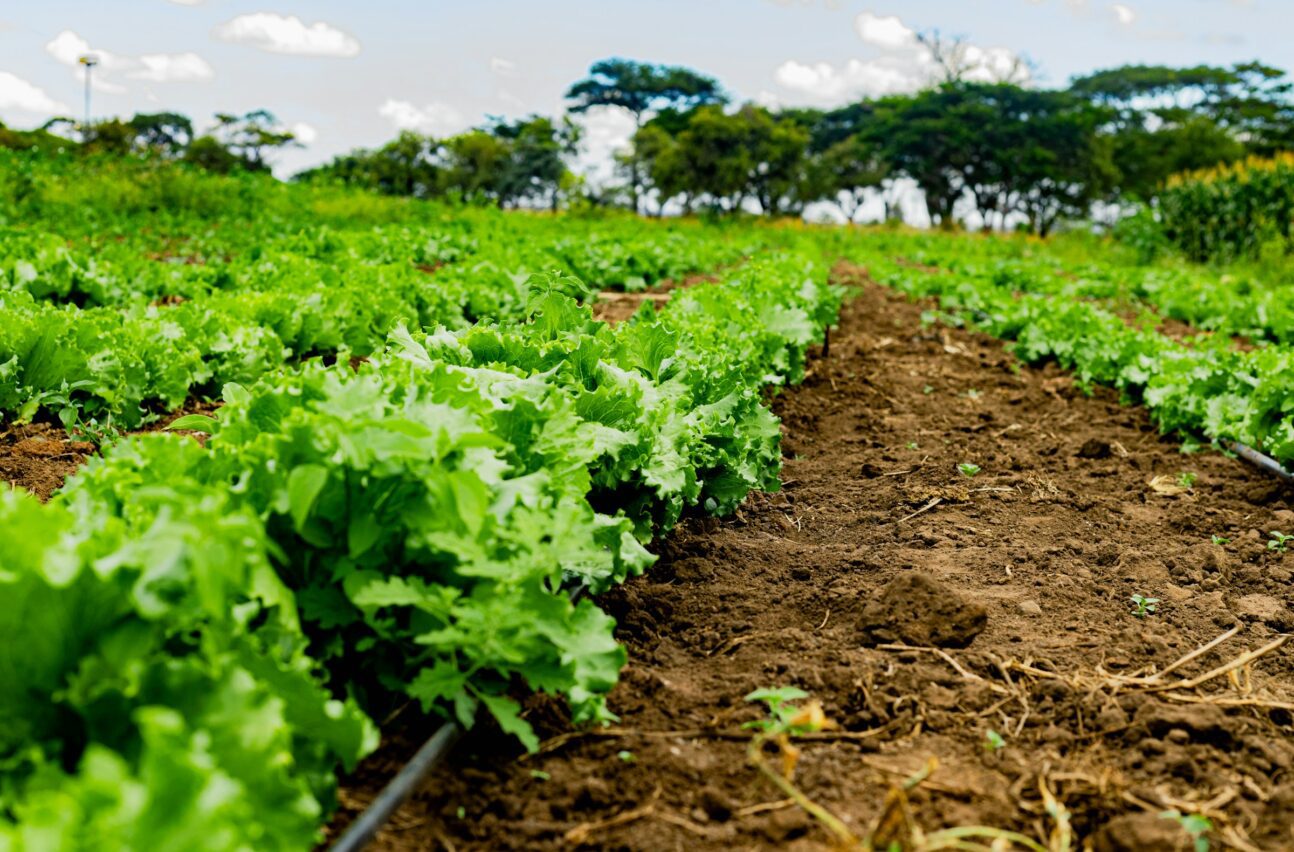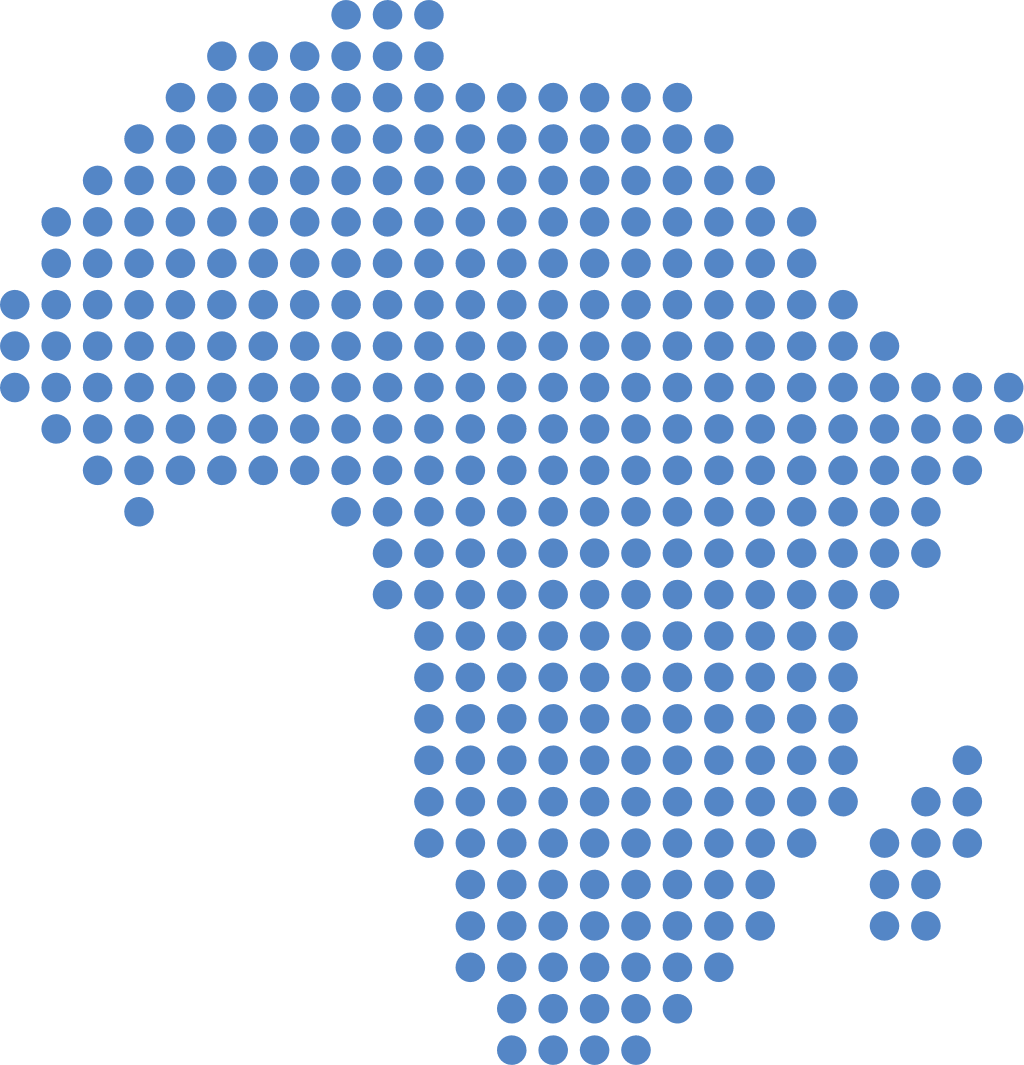SGCI News
Intersectionality refers to the many overlapping forms of discrimination that intensify and complicate the experiences of marginalised groups of people. For example, a woman facing gender-based exclusion may also experience…
Intersectionality refers to the many overlapping forms of discrimination that intensify and complicate the experiences of marginalised groups of people. For example, a woman facing gender-based exclusion may also experience discrimination related to her race, class or disability. Therefore, these forms of discrimination should not be viewed in isolation. At a recent World Science Forum session in Cape Town, representatives from research organisations, funding institutions and academic publishing looked at the importance of intersectionality in gender-transformative research. Antoinette Oosthuizen reports.

Coined by Kimberlé Crenshaw in 1989, the term intersectionality illustrates the effects of overlapping systems of discrimination such as those based on gender, race, class, sexuality and other identities. In December 2022, the HSRC and Portia hosted a panel discussion at the World Science Forum on the importance of intersectionality as a conceptual tool in gender-transformative research. Researchers, funders and publishers shared their experiences at the event.
UN Women’s latest data on Sustainable Development Goal (SDG) 5 shows that the world is not on track to achieve gender equality and empower all women and girls by 2030, with only 47% of data available to track progress towards this goal.
Panellist Isabella Schmidt, UN Women’s regional gender statistics advisor for East and Southern Africa, said intersectional data analysis could inform targeted campaigns and programmes to reach excluded populations.
Intersectional analysis would help to identify disadvantaged populations, their location and factors that may contribute to their marginalisation.
For example, she said an intersectional analysis of data for disability status showed that women with disabilities were more exposed to gender-based violence. “They had a three times higher risk of being raped and are twice more likely than non-disabled women to be survivors of domestic violence and other forms of gender-based violence. They were likely to suffer these abuses over longer periods with more severe injuries,” said Schmidt.
The data challenge
Household surveys are an integral part of countries’ overall data collection efforts. However, their sample sizes are often too small to allow for intersectional analysis to, in this case, adequately measure the differences between women with disabilities and those without. “Every time we begin to disaggregate data by an additional variable, we need a sample size that is large enough to accommodate the variable and give reliable estimates,” said Schmidt.
UN Women developed theCounted and Visible toolkit to support national statistical offices and other users and producers of country-level statistics. This toolkit provides guidance on mechanisms and tools that can be used for intersectional analysis.
Who does intersectional research?
HSRC chief research specialist Dr Ingrid Lynch shared findings on intersectional research and grant-making from astudy funded by the National Research Foundation (NRF) and the German Research Foundation under the auspices of the Science Granting Councils Initiative (SGCI). The SGCI is a multilateral initiative to strengthen 16 public science funding agencies in sub-Saharan Africa.
An analysis of more than 600 journal articles on intersectional research showed disciplinary disparities, with most (87%) articles focused on the social sciences and humanities, followed by the health sciences (10%), and only 2% on science, technology, engineering and mathematics. Most authors were in North America (60%), followed by Eastern and Central Europe (16%) and Northern Europe (7%). Authors in Africa were among the least represented in the data set (2%).
Authors in the Global North also enjoyed the most financial support for intersectionality research. Of the total government spending on this type of work, 55% was allocated in North America, followed by 24% in Eastern and Central Europe and 10% in Northern Europe. Half of all funding from science granting councils was allocated in North America, followed by Eastern and Central Europe (29%) and Northern Europe (7%). For university funding, 64% was allocated in North America and 11% in Eastern, Central and Northern Europe. Africa, the Middle East and South America reported the lowest funding and funding source spread.
“What is striking, just lifting out the Africa subset of the research reveals that science funding councils contributed 2% and donor agencies only 8% of the funding. So, often this research was unfunded and produced from a commitment of researchers to do this kind of work,” said Lynch.

Intersectionality in publishing
Fellow panellist Dr Thomas Thayer, of Elsevier publishers, spoke about the successes Scientific African has had with adopting an intersectional approach. Launched in 2018, this peer-reviewed, open-access journal is dedicated to expanding access to African research. The editorial board comprises Africa-based academics.
Thayer outlined several mutually compounding challenges that African authors face when attempting to publish internationally. For example, authors may not work for well-known institutions or have research contacts to further their work. They also may not have enough publication data in the system, limiting their visibility and reducing their opportunities for collaboration and activities such as reviewing.
Africa-based researchers often struggle with unstable or unaffordable internet connections and other challenges that hamper efforts to publish and reply quickly.
Cost was another barrier, he said: “Scientific African charges up to $200 for an accepted article and the global average for open access is $1,700. However, even $200 is still prohibitively expensive for many. At the same time, many other researchers outside of Africa can pay much more than $1,700.”
To overcome the inherent biases of the network effect, said Thayer, the journal works hard to market individual articles. It translates them to lay and commercial trade publications, and shares them on social media and in webinars and interviews. New editors who may be overlooked in the international publishing context are appointed to showcase their talent and develop their experience. In addition, the journal is developing a series of educational tools and outreach programmes to discuss intersectional research prior to submission.
A need to be reflexive
A 2018 UNESCO working paper on gender equality in science, technology and innovation pleads for more diversity in research groups. It states: ‘It has been demonstrated that when women contribute their particular perspectives, approaches and priorities to research and development, the questions asked and the research results are more varied and more societally relevant.’
However, according to the 2021 UNESCO Science Report: the Race Against Time for Smarter Development,only 33% of researchers in the Southern African region are female.
HSRC Impact Centre group executive Prof Heidi van Rooyen, also a panellist, suggested intersectionalitywas a critical tool to interrogate why this is so. She described an intersectional feminist research methodology as reflexive, participatory, engaged and collaborative.
“We must start with ourselves, the identities and subjectivities that shape who we are but also inform our research. The key is to examine our assumptions, our perceptions, interests and desires in relation to others’ lives. If we don’t, if we are not reflexive enough, if we speak for others, if we silence voices, we run the risk of reinforcing all kinds of hierarchies,” she said.
Van Rooyen noted that conventional research, which privileges the academic voice as authoritative, can be decolonised through participatory approaches that honour the lived realities of those who are marginalised or excluded. “Such approaches view participants not as mere objects to be studied, observed or written about, but as co-originators of our inquiry,” she said.
Looking forward
The HSRC and NRF recently collaborated in the implementation of the SGCI and, in October 2022, signed a memorandum of understanding. This will allow for continued work to implement the recommendations of the intersectional research and grant-making study.
Forum panellist Dr Dorothy Ngila, NRF director of strategic partnerships, said the NRF had earmarked funding to support projects that advance intersectional methodologies. She emphasised the importance of capacity building to enable grantees to consider intersectional approaches when conceptualising their research early in research grant-making processes. Adding momentum to this, Lynch, along with her co-principal investigators Van Rooyen and Dr Lorenza Fluks, will lead a newly secured SGCI grant to collaborate with African science granting councils. Their goal is to develop a common Policy Framework Roadmap for integrating an intersectional gender transformation perspective across the grantmaking cycle.
Article source: https://hsrc.ac.za/news/capable-and-ethical-state/intersectionality-as-a-critical-component-of-gender-transformative-research/
Related News
Innovation awards boost Côte d’Ivoire’s national research drive
The Fund for Science, Technology and Innovation (FONSTI) opened the audition phase for the FONSTI Innovation Prize 2025, marking a decisive moment in a process launched earlier this year to strengthen Côte d’Ivoire’s innovation ecosystem. The auditions follow the official launch of the inaugural Innovation…
Zimbabwe moves to strengthen research governance
With the growing need to improve the quality, integrity, and impact of scientific work in the country, the Research Council of Zimbabwe (RCZ) has convened a three-day Research Excellence and Research Ethics Workshop aimed at strengthening governance and ethical standards across the national research system….
Africa pushes community-led, curiosity-driven research at GRC meeting
African research leaders are calling for community-engaged and curiosity-driven research to strengthen the continent’s scientific ecosystem and ensure that research better serves local needs. This call to action took centre stage at the 2025 Global Research Council (GRC) Sub-Saharan Africa Regional Meeting and Science Granting…
SGCI funded projects
Rwanda’s integrated approach to sustainable agriculture and nutrition
Project Titles & Institution Areas of Research Number of Projects being funded Project Duration Grant Amount In-Kind Distribution Council Collaboration with other councils





